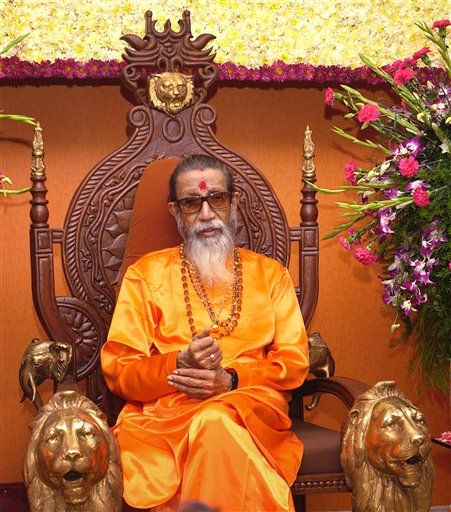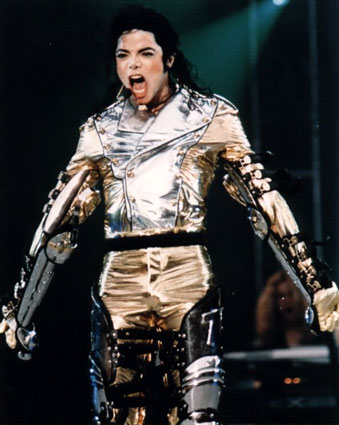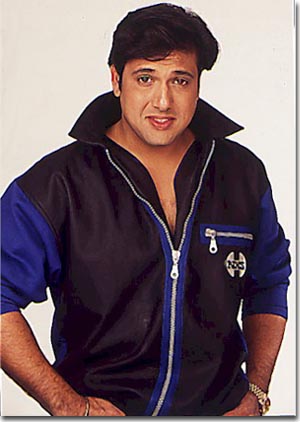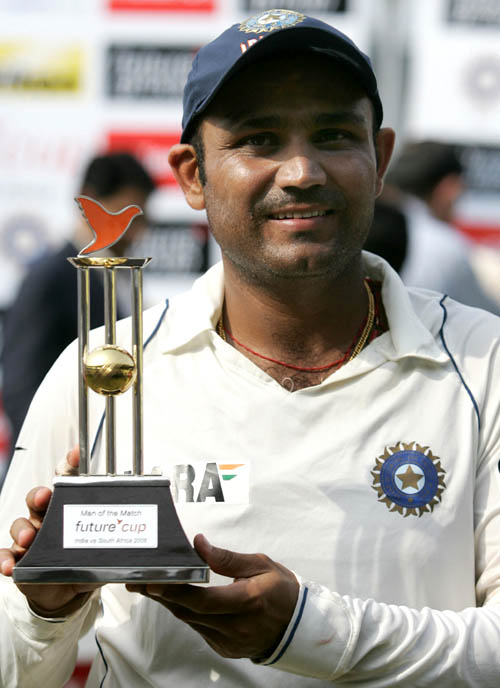Indira Gandhi
From Wikipedia, the free encyclopedia
| Indira Gandhi | |
| | |
| In office 14 January 1980 – 31 October 1984 | |
| President | Neelam Sanjiva Reddy Giani Zail Singh |
|---|---|
| Preceded by | Choudhary Charan Singh |
| Succeeded by | Rajiv Gandhi |
| In office 24 January 1966 – 24 March 1977 | |
| President | Sarvepalli Radhakrishnan Zakir Hussain Varahagiri Venkata Giri Fakhruddin Ali Ahmed |
| Preceded by | Gulzarilal Nanda |
| Succeeded by | Morarji Desai |
| | |
| In office 9 March 1984 – 31 October 1984 | |
| Preceded by | Narasimha Rao |
| Succeeded by | Rajiv Gandhi |
| In office 22 August 1967 – 14 March 1969 | |
| Preceded by | Mahommedali Currim Chagla |
| Succeeded by | Dinesh Singh |
| | |
| In office 26 June 1970 – 29 April 1971 | |
| Preceded by | Morarji Desai |
| Succeeded by | Yashwantrao Chavan |
| | |
| Born | 19 November 1917 Allahabad, British Raj |
| Died | 31 October 1984 (aged 66) New Delhi, India |
| Political party | Indian National Congress |
| Spouse(s) | Feroze Gandhi |
| Children | Rajiv Gandhi Sanjay Gandhi |
| Alma mater | Somerville College, Oxford |
| Religion | Hinduism Adi Dharm |
| Signature | |
A young Indira Nehru and Mahatma Gandhi (no relation), during one of his fasts
Life and career
Indira Gandhi was born into the politically influential Nehru Family. Her father's name was Jawaharlal Nehru and her mother's name was Kamala Nehru.It's a common myth[2] to relate the name Gandhi with Mahatma Gandhi, but her surname is from her marriage to Feroze Gandhi. Her grandfather, Motilal Nehru, was a prominent Indian nationalist leader. Her father, Jawaharlal Nehru, was a pivotal figure in the Indian independence movement and the first Prime Minister of Independent India.In 1934–35, after finishing school, Indira joined Shantiniketan,[3] a school set up by Rabindranath Tagore, who gave her the name Priyadarshini (priya=pleasing, darshini=to look at). Subsequently, she went to England and sat for the University of Oxford entrance examination, but she failed,[4] and spent a few months at Badminton School in Bristol, before clearing the exam in 1937 and joining Somerville College, Oxford. During this period, she was frequently meeting Feroze Gandhi, whom she knew from Allahabad, and who was studying at the London School of Economics. She would marry Feroze in 1942.
Returning to India in 1941, she became involved in the Indian Independence movement. In the 1950s, she served her father unofficially as a personal assistant during his tenure as the first Prime Minister of India. After her father's death in 1964 she was appointed as a member of the Rajya Sabha (upper house) and became a member of Lal Bahadur Shastri's cabinet as Minister of Information and Broadcasting.[5]
The then Congress Party President K. Kamaraj was instrumental in making Indira Gandhi the Prime Minister after the sudden demise of Shastri. Gandhi soon showed an ability to win elections and outmaneuver opponents. She introduced more left-wing economic policies and promoted agricultural productivity. She led the nation as Prime Minister during the decisive victory in the 1971 war with Pakistan and creation of an independent Bangladesh. A period of instability led her to impose a state of emergency in 1975. Due to the alleged authoritarian excesses during the period of emergency, the Congress Party and Indira Gandhi herself lost the next general election for the first time in 1977. Indira Gandhi led the Congress back to victory in 1980 elections and Gandhi resumed the office of the Prime Minister. In June 1984, under Gandhi's order, the Indian army forcefully entered the Golden Temple, the most sacred Sikh Gurdwara, to remove armed insurgents present inside the temple. She was assassinated on 31 October 1984 in retaliation to this operation.











0 Comments